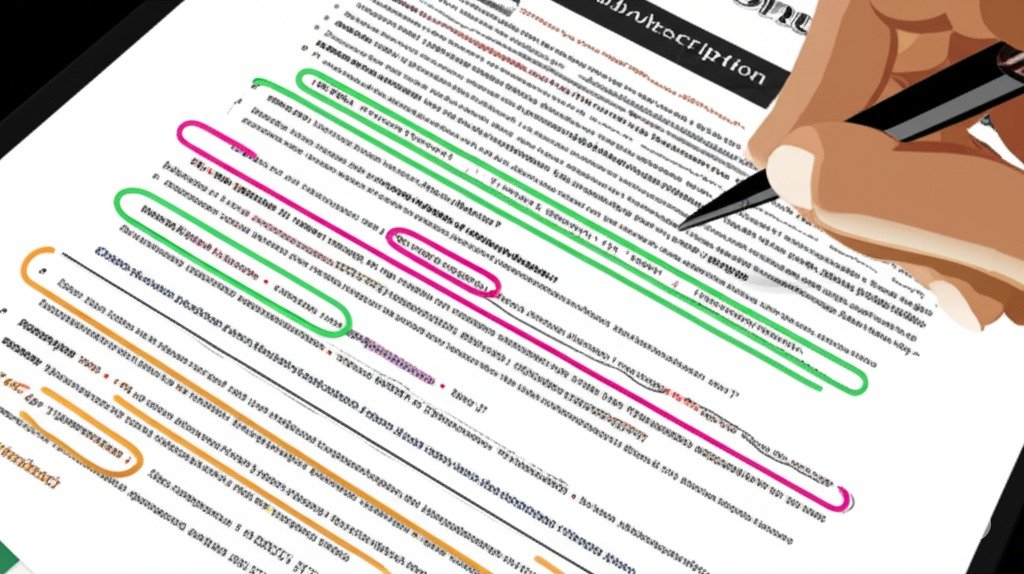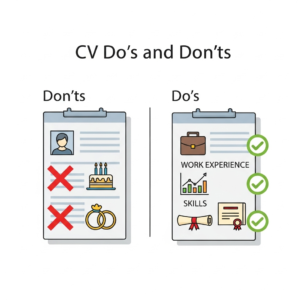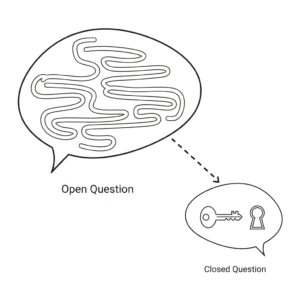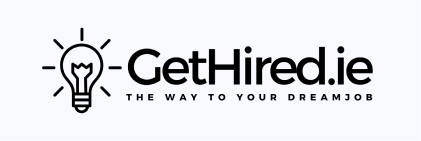Reading a job description might seem simple. But anyone who’s applied for more than three roles in today’s competitive market knows the truth: decoding a job ad is a skill in itself.
Whether you’re a graduate, a foreign national adjusting to local terminology, or a mid-career professional switching industries, understanding what a recruiter really wants can make or break your application.
📌 Why This Matters
The modern job search is increasingly shaped by algorithms and keyword-based screening. In fact, over 90% of large organizations use Applicant Tracking Systems (ATS) to scan applications before a human even looks at them (JobScan, 2023). If your CV doesn’t match the language of the job description, it might never reach the recruiter’s desk.
Furthermore, a study by the National Bureau of Economic Research (NBER) highlights that applicants who tailor their resumes to match job requirements are 50% more likely to receive interview callbacks.
Yet many job seekers — especially international candidates — miss out because they:
- Take job ads too literally
- Misinterpret key terms or qualifications
- Feel overwhelmed by long lists of requirements
- Undersell themselves by not using the right language
🔍 What Recruiters Really Mean
Recruiters are trying to describe a business problem that needs solving. Your job is to show you’re the solution.
Here’s a breakdown of what some common phrases actually mean:
- “Detail-oriented” = You can spot errors and work carefully under pressure
- “Ability to work independently” = You can manage your workload without needing constant direction
- “Team player” = You communicate well, handle feedback, and support your colleagues
- “Thrives in a fast-paced environment” = You can prioritize, multitask, and stay calm during busy periods
Understanding these keywords helps you reflect the behaviors and outcomes the employer truly values.
✅ Essential vs. Desirable Skills
Most job descriptions have two types of requirements:
- Essential skills = You must have these.
- Desirable skills = Nice to have, but not mandatory.
💡 Pro Tip: You don’t need to tick every box. According to a report by LinkedIn (2022), men apply when they meet 60% of a job’s criteria, but women often wait until they meet 100%. Don’t hold back — apply and tailor smartly.
🧾 Tailoring Your CV and Cover Letter
Generic applications rarely work. Instead:
- Mirror the job title (e.g., if the role says “Customer Success Advisor,” use that phrasing)
- Use the exact keywords from the ad (e.g., CRM software names, soft skill terms, certifications)
- Adjust your personal statement to reflect the organization’s values and mission
An ATS ranks your CV based on keyword relevance. If you say “Handled customer queries” but the ad says “Client support experience,” the system might not see a match.
As Cappelli and Keller (2017) noted in their Harvard Business Review study, “HR practices today often prioritize formal alignment between resume language and the job post, sometimes more than the actual experience.”
✍️ Action Step: Highlight, Match, Repeat
Here’s what you can do today:
- Copy and paste the job description into a Word doc
- Highlight all essential skills, keywords, and responsibilities
- Open your CV — do those keywords appear naturally?
- Edit your content to reflect them clearly and honestly
This small step drastically increases your keyword density and match rate — especially helpful for public sector or international applications.
🗂️ BONUS TIP: Keep a Master Word File
One of the smartest things you can do is maintain a master document with:
- Your job titles and dates
- Core responsibilities
- STAR-format examples
- Keywords for your industry
- Metrics or results from past roles
This makes tailoring future applications 10x faster — and reduces stress.
💬 Final Thoughts
Job descriptions aren’t just a list of demands — they’re a map to the right language, values, and solutions the company is looking for.
If you feel lost reading job ads, you’re not alone. But with a few simple strategies, you can turn every job post into a blueprint — and your CV into the answer they’re waiting for.
🔍 Need help tailoring your next application? 📩 DM me or follow @GetHired.ie for support, STAR examples, and CV reviews designed to get you interviews.
#GetHired #JobSearchTips #ATSfriendly #LinkedInCareers #DecodeJobDescriptions #CareerDevelopment #CVWritingTips #CareerCoachIreland #HRInsights #TransferableSkills










